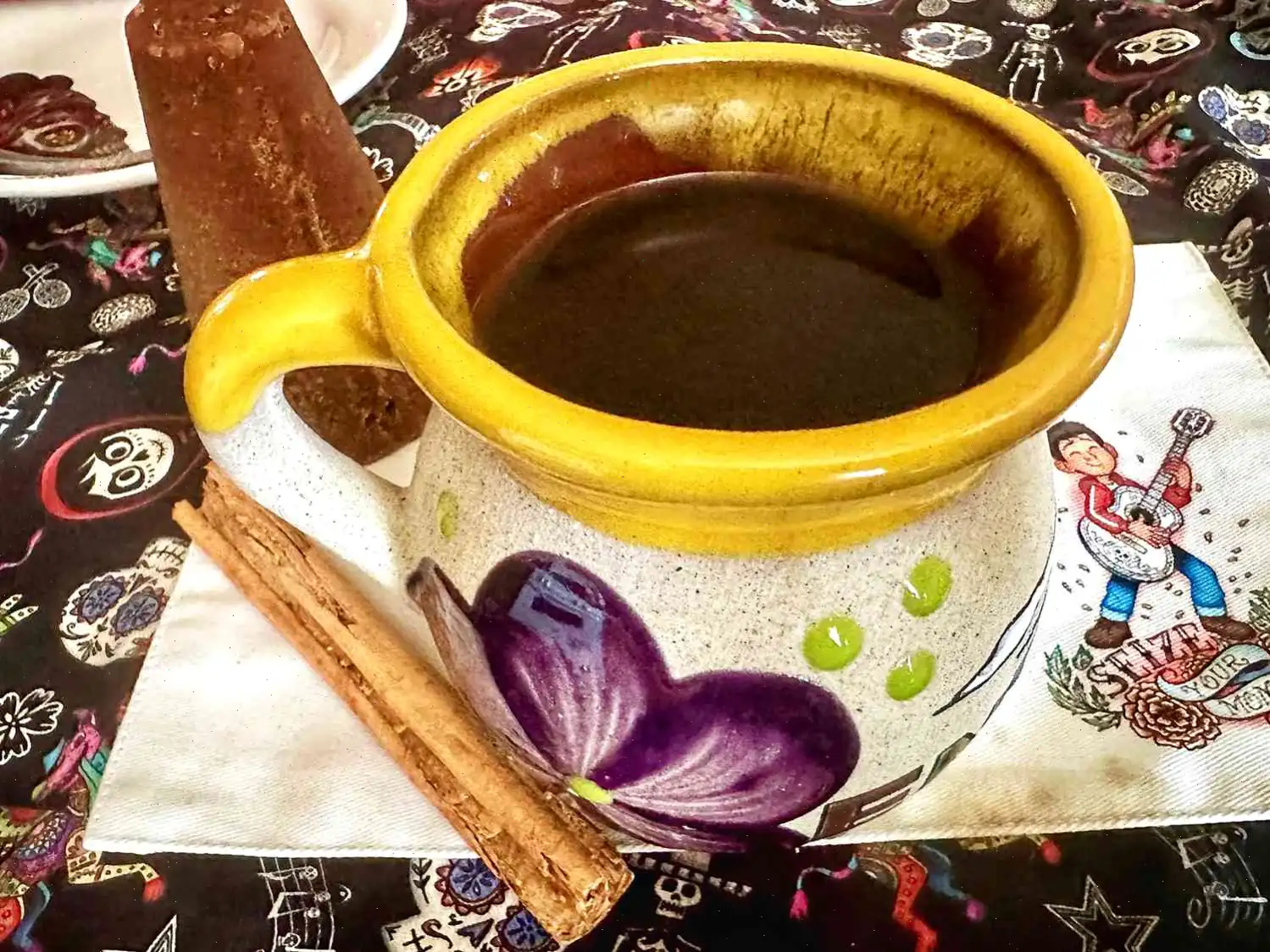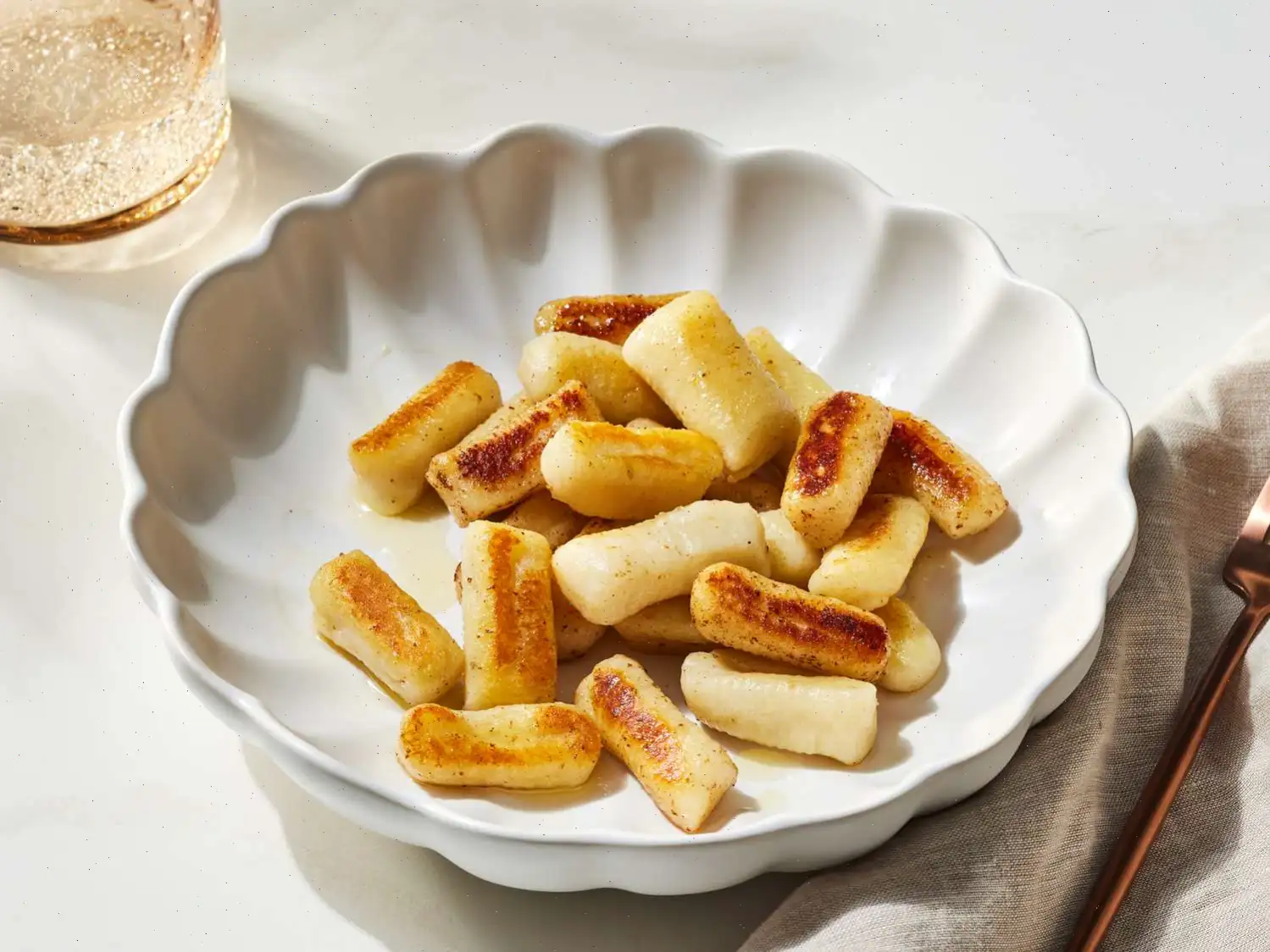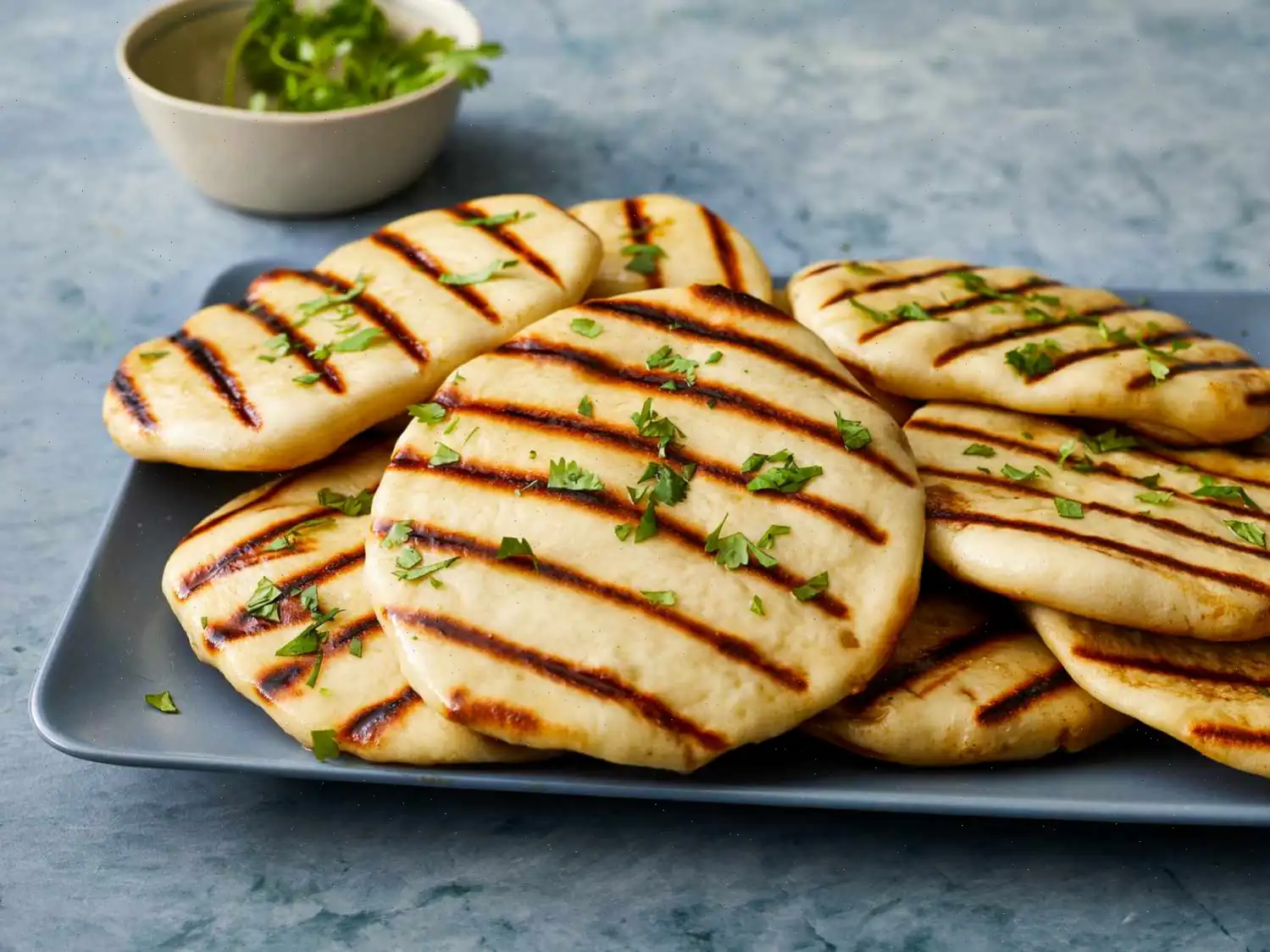
Cafe de Olla Recipe
Ingredients
- 4 cups water
- 1/3 cup grated piloncillo (or to taste)
- 1 stick Mexican cinnamon
- 1/4 cup ground coffee
Directions
- Place water, piloncillo, and cinnamon in a pot.
- Bring the mixture to a boil, then reduce the heat and let it simmer for 8 minutes.
- Remove the pot from heat, add ground coffee, and stir well to combine.
- Cover the pot and let the coffee steep for 5 minutes.
- After steeping, pour the coffee through a fine mesh strainer twice, or until it is free of any coffee granules.
Nutrition Facts
Each serving contains approximately:
- Calories: 58
- Fat: 0g (0% Daily Value)
- Saturated Fat: 0g (0% Daily Value)
- Cholesterol: 0mg (0% Daily Value)
- Sodium: 14mg (1% Daily Value)
- Total Carbohydrates: 15g (5% Daily Value)
- Dietary Fiber: 0g (1% Daily Value)
- Total Sugars: 15g
- Protein: 0g (0% Daily Value)
- Vitamin C: 0mg (0% Daily Value)
- Calcium: 23mg (2% Daily Value)
- Iron: 0mg (1% Daily Value)
- Potassium: 29mg (1% Daily Value)
Note: Percent Daily Values are based on a 2,000 calorie diet. Your daily values may vary based on your individual calorie needs.
Disclaimer: Nutrient information is not available for all ingredients. The provided values are based on available data. If you're following a medically restrictive diet, please consult a healthcare professional or dietitian before preparing this recipe for personal consumption.
The Rich History of Cafe de Olla
Cafe de Olla, translating literally as "coffee from the pot," is a traditional Mexican coffee beverage with deep roots in rural Mexico. It emerged during the colonial period when local communities began sweetening coffee with piloncillo, an unrefined cane sugar, and infusing it with cinnamon to create a warming, aromatic drink. Originally prepared in clay pots, the beverage was not only a source of energy but also a comforting ritual during cold mornings and social gatherings.
Regional Variations
While Cafe de Olla is popular throughout Mexico, its preparation varies slightly by region. In central Mexico, cinnamon sticks are the preferred spice, whereas some northern regions may add star anise or cloves for a more complex flavor. Certain areas, like Oaxaca, occasionally include orange peel to enhance the aromatic profile. The type of clay pot used can also influence the taste, giving a subtle earthy note that is highly prized among traditionalists.
Differences from Similar Coffee Drinks
Unlike standard brewed coffee or espresso, Cafe de Olla stands out due to its unique combination of piloncillo and cinnamon. While other sweetened coffees might use white or brown sugar, piloncillo offers a deeper, molasses-like flavor. Additionally, the slow simmering process in a pot allows the spices to fully infuse, creating a richer, more rounded taste compared to simply adding sugar and spice to hot coffee after brewing.
Where It Is Typically Served
Cafe de Olla is traditionally served in homes, street markets, and small cafes, particularly in the mornings or during festivals. It is a common accompaniment to Mexican pastries such as conchas or tamales, offering a warm, sweet complement. In rural communities, it is often shared during family gatherings, reflecting its role not just as a beverage but as a cultural ritual.
Interesting Facts
- The clay pot, or "olla," used in traditional preparation is said to enhance the flavor of the coffee due to the slight mineral content of the clay.
- Piloncillo, the key sweetener, is produced by slowly boiling sugarcane juice until it solidifies, giving Cafe de Olla its signature deep brown color and rich flavor.
- This coffee was historically favored by farmers and miners for its energizing properties and warming qualities in cold mountain regions.
- Modern variations sometimes incorporate chocolate or vanilla, creating a fusion between traditional Mexican flavors and contemporary tastes.
- Cafe de Olla has become a symbol of Mexican heritage and hospitality, often served to guests as a gesture of warmth and welcome.








